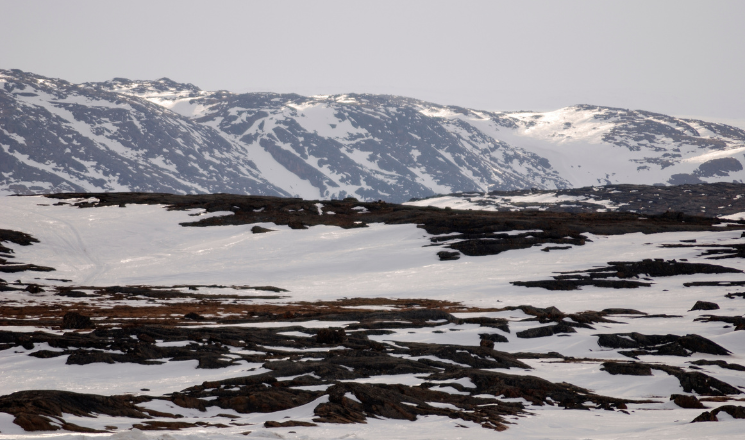Ever dreamed of venturing beyond the Arctic Circle, where snowy mountains meet endless skies and wild animals roam free? Then you’re in for a treat. Because Norway’s Arctic National Parks are some of the most jaw-dropping places you’ll ever see. From the cozy city of Tromsø all the way to the frozen tundra, this northern slice of Norway is where wild landscapes, unique wildlife, and unforgettable outdoor adventures all come together.
Let’s take a journey north, through icy fjords, across sweeping valleys, and into the heart of Norway’s arctic wilderness.
Tromsø: Gateway to Norway’s Arctic National Parks
First stop? Tromsø. Often called the “Gateway to the Arctic,” this city is your launchpad into the wild. While it’s modern and vibrant, Tromsø is surrounded by untouched nature. You’ll find easy access to fjords, snow-covered mountains, and incredible wildlife.
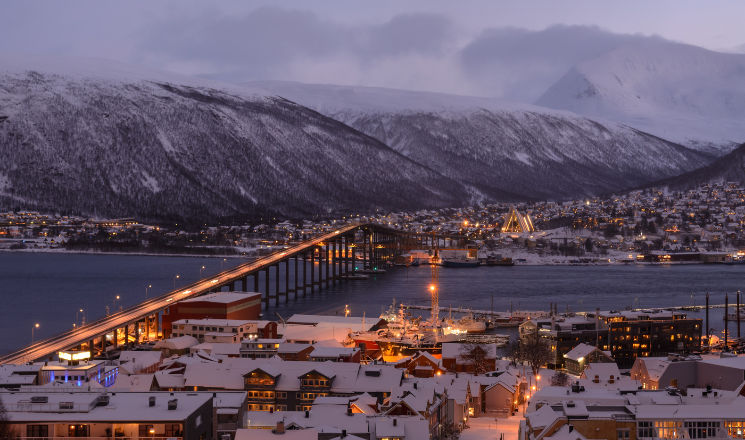
Even better, this city sits above the Arctic Circle, so you’re in prime territory for the Northern Lights. While you’re here, pop into Polaria, an Arctic aquarium and science center that gives great insight into the region’s environment.
From Tromsø, you’re just a few hours away from some of Norway’s most remote and stunning national parks. So gear up—your adventure’s about to begin.
Exploring Reisa: A Hidden Gem Among Arctic National Parks in Norway
Now let’s head east to Reisa National Park. Not many tourists make it out this far, but those who do never forget it. Reisa is famous for its deep valleys, steep cliffs, and the wild Reisa River that slices through the land.
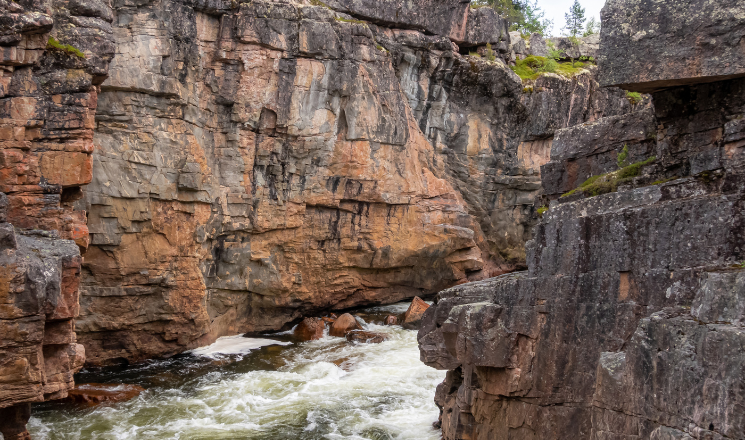
Even though it feels like you’ve stepped into another world, Reisa is actually very accessible. You can hike the river trail or paddle by canoe in summer. Along the way, you’ll pass Mollisfossen, one of Norway’s tallest waterfalls, tumbling over 250 feet into a misty pool below.
What makes Reisa unique? Its deep, narrow canyon carved by ice and water over millions of years. Reindeer tracks crisscross the snow in winter, while golden eagles circle overhead. It’s wild, yes—but so incredibly peaceful.
Øvre Dividal: Wilderness in Norway’s Northern Parks
Next up is Øvre Dividal National Park, located just south of Tromsø and near the Swedish border. If you’re craving pure, untouched wilderness, this is the place.
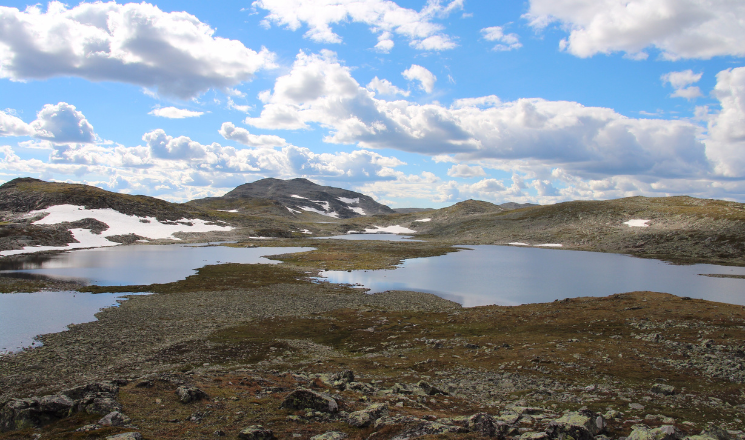
This park covers over 750 square kilometers, and most of it is completely off the grid. There are no marked trails, no shops, and no cell signal. But that’s what makes it so special. Hikers come here to disconnect, slow down, and get lost in the beauty of nature.
The park has a mix of arctic tundra, mountain plateaus, and dense birch forests. Even better, it’s home to rare animals like wolverines, lynx, and the elusive Arctic fox. You might not spot them easily, but just knowing they’re out there makes the experience even more thrilling.
Varangerhalvøya: Cultural Heart of the Arctic
Traveling further northeast, we find Varangerhalvøya National Park. It sits right on the edge of the Barents Sea, where land meets icy ocean. This area is like nowhere else in Norway. In fact, it feels more like the Siberian tundra than the lush fjords most people associate with Norway.
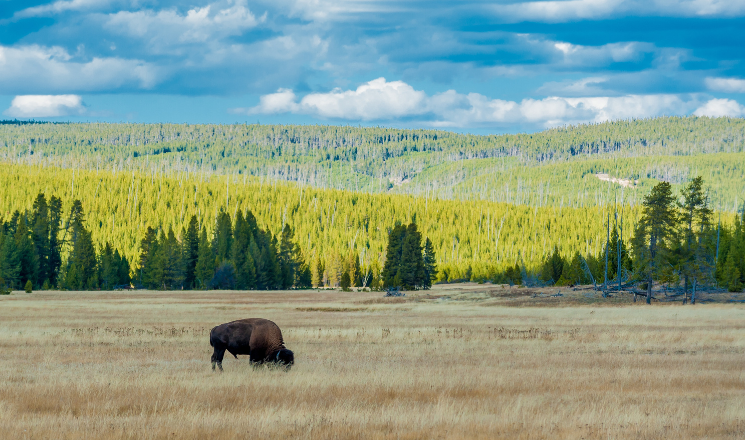
This park is especially popular with birdwatchers. Each year, thousands of migratory birds flock here, including king eiders, gyrfalcons, and red-throated loons. If you’re into photography or just love spotting unique species, bring binoculars!
And don’t miss the ancient cultural sites. Varanger is rich in Sámi history, and you’ll find old stone circles and sacred places throughout the park. It’s a wonderful blend of natural and cultural heritage.
Stabbursdalen: Tundra Meets Forest in the Far North
Let’s not forget Stabbursdalen National Park, home to the world’s northernmost pine forest. Yes, a pine forest this far north! That alone makes it special, but there’s more.
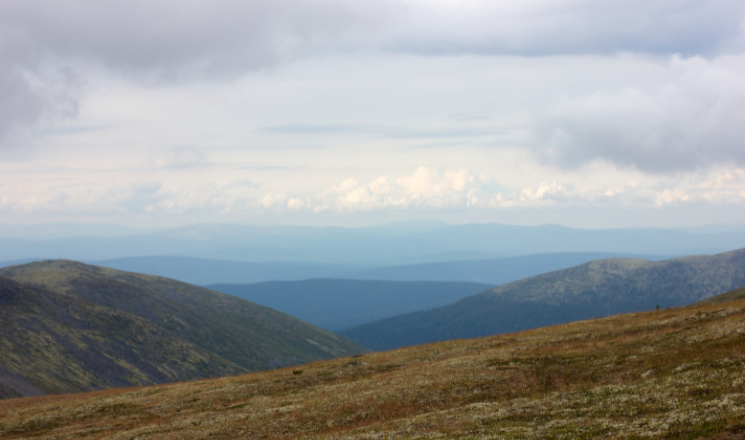
Located near Lakselv, this park combines tundra, wetlands, and forest in a unique ecosystem. It’s a great place for fishing, hiking, and wildlife spotting. You might see moose, red foxes, and if you’re really lucky, even a bear (from a distance, of course).
Stabbursdalen is also important to the Sámi people, who use the area for reindeer herding. Their presence adds a rich cultural layer to your nature experience. You might even spot traditional Sámi tents (lavvu) along the way.
Must-Have Tools for Exploring Arctic Parks

While you want to unplug in nature, a few handy tools can really help. Here are some top picks:
- UT.no: This is Norway’s go-to hiking app. It shows maps, trails, and cabins, even in remote Arctic parks.
- Yr.no: Norway’s best weather app. Arctic weather changes quickly, so check often.
- AllTrails: Great for finding trails that suit your fitness level and interests.
- Aurora Forecast: Don’t miss the Northern Lights! This app shows real-time aurora activity.
Using these apps makes planning easier and helps you stay safe, especially when you’re off the beaten track.
Best Seasons to Visit Norway’s Arctic National Parks
When should you go? Well, that depends on what you’re after.
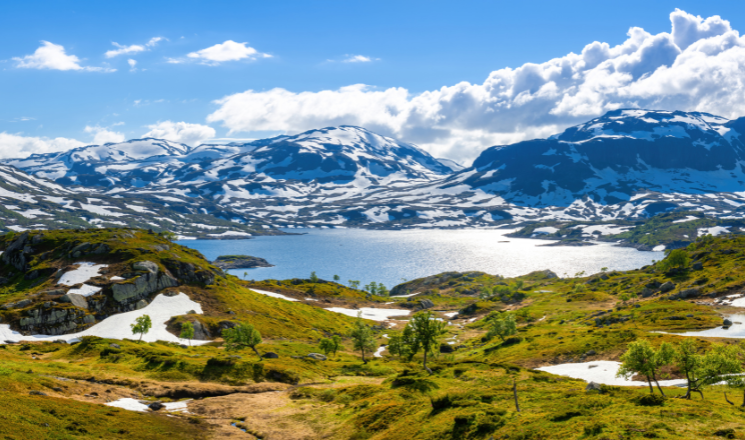
Summer (June–August) is great for hiking and kayaking. You’ll have midnight sun, warmer temperatures, and accessible trails. Wildlife is also more active during these months.
On the other hand, winter (November–March) brings deep snow, northern lights, and a true Arctic feel. Just be sure you’re ready for freezing temps and shorter days. Still, there’s something magical about trekking through a snowy forest or skiing under glowing green skies.
Autumn (September–October) might be the best-kept secret. The tundra turns red and gold, and there are fewer crowds. Plus, it’s still possible to see the aurora on clear nights.
Respecting Arctic Nature: Travel Tips

Because these parks are so wild and untouched, it’s super important to travel responsibly. Here are some must-follow tips:
- Leave No Trace: Pack out everything you bring in. That includes trash, food wrappers, and even tissues.
- Stick to Trails: When trails exist, use them. Arctic ground is fragile and takes decades to recover.
- Respect Wildlife: Don’t chase or feed animals. Use binoculars instead.
- Support Sámi Communities: Choose tours run by Sámi guides and buy local crafts when you can.
By following these tips, you help keep Norway’s Arctic National Parks wild for the next adventurers.
Final Thoughts: Why These Parks Matter
In a world where nature is disappearing fast, Norway’s Arctic National Parks are a rare gem. They offer something you just can’t find elsewhere—vast landscapes untouched by modern development, deep cultural roots, and a chance to truly disconnect.
From Reisa’s dramatic waterfalls to Varanger’s windswept coastlines, every park has its own personality. Each one invites you to slow down, look around, and remember what wild really means.
So whether you’re chasing the Northern Lights, hiking into the unknown, or sitting quietly by a river in the tundra, one thing’s for sure: you’ll leave these parks changed in the best way possible.

